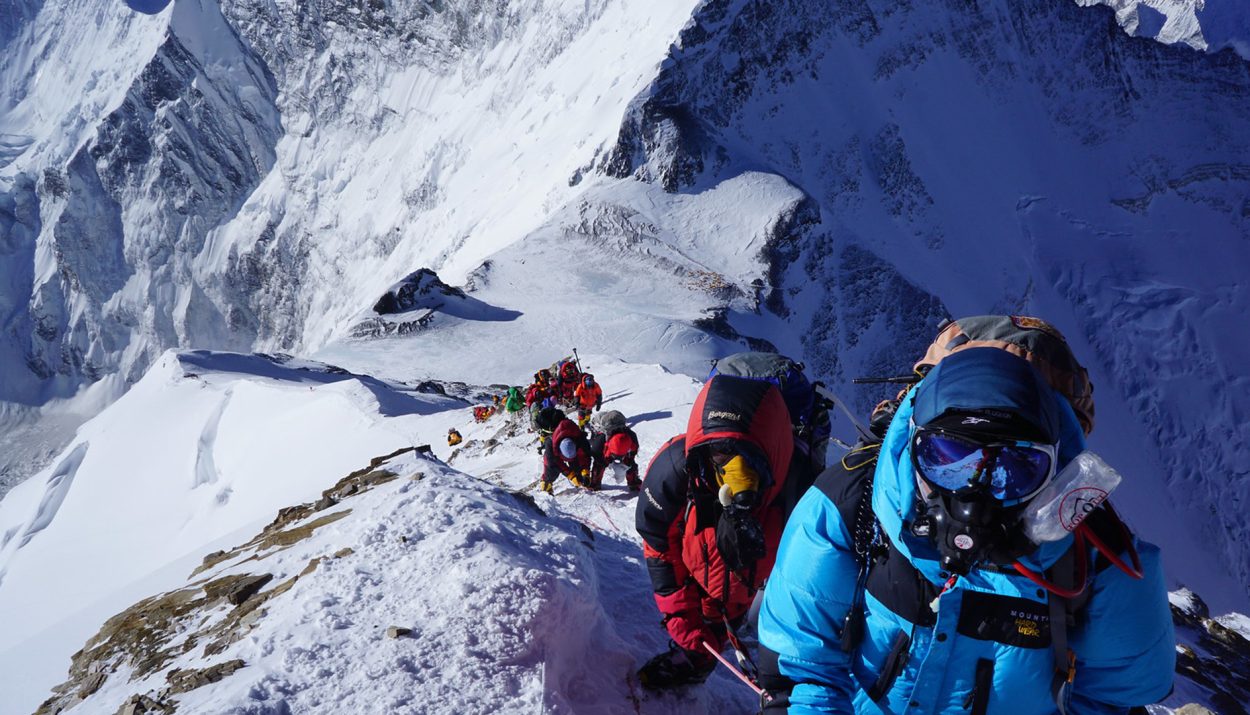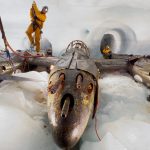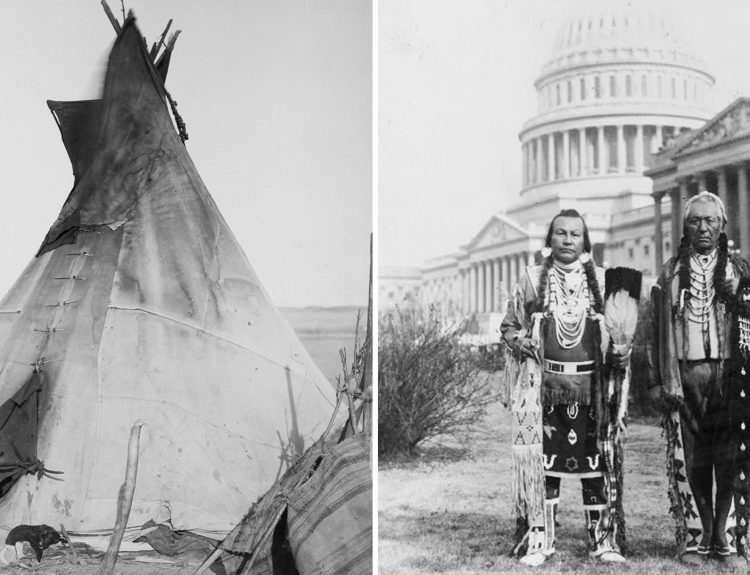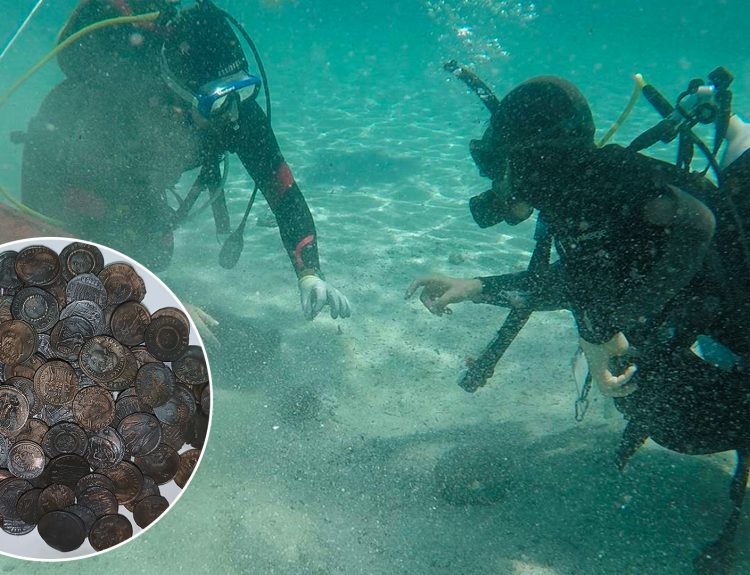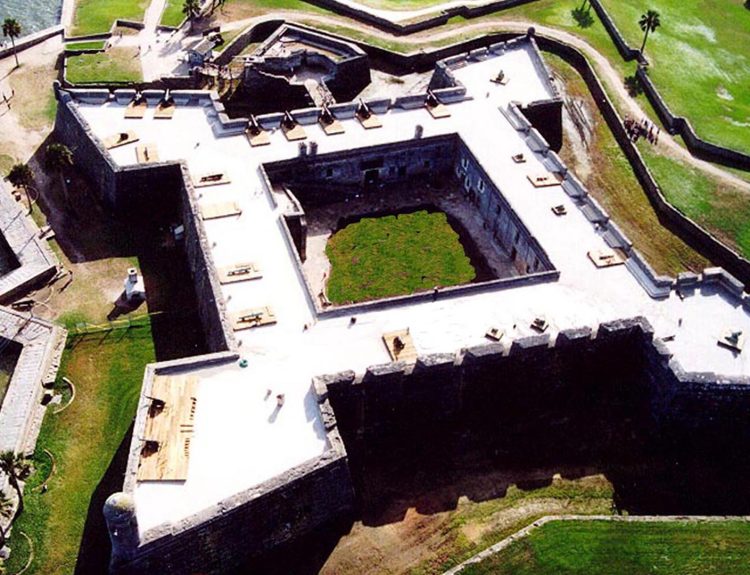In a groundbreaking move to enhance safety measures and streamline search and rescue missions, Nepal has introduced a new requirement for Mount Everest climbers. Starting this spring season, all mountaineers attempting to summit the world’s highest peak must rent and wear a tracking device throughout their journey. This article delves into the details of this new regulation and its potential impact on the climbing community.
Nepal’s Tourism Department Introduces Tracking Devices
Nepal’s Tourism Department has announced that all climbers attempting to summit Mount Everest must now rent and wear a tracking device during their expedition. Rakesh Gurung, the director of mountaineering at the Tourism Department, explains that the electronic device, about the size of a thumb drive, will be provided by the climbers’ expedition agencies and inserted into their jackets. The devices will be returned after the climb, and the rental fee is estimated to be around $10 per climber.

The primary objective of this new requirement is to make search and rescue missions more effective and reduce casualties on Mount Everest. By having the ability to locate missing climbers quickly, rescue teams can respond more efficiently and potentially save lives in the harsh, unforgiving conditions of the world’s tallest mountain.
Spring Climbing Season Set to Implement New Regulation
The new tracking device requirement will be implemented during the upcoming spring climbing season, which runs from March 1 to May 31. However, the Tourism Department is likely to start issuing permits around March 15, giving mountaineering companies time to prepare and issue the devices to their clients. The most favorable weather conditions for summiting Mount Everest typically occur around May 18, according to Outside magazine.

As climbers eagerly await the start of the season, mountaineering companies are gearing up to ensure compliance with the new regulation. The spring season attracts the majority of climbers attempting to reach the summit of Mount Everest, and with the added safety measure of tracking devices, both climbers and their families can have greater peace of mind during the treacherous journey.
Addressing Overcrowding and Safety Concerns on Everest
Mount Everest has become increasingly crowded in recent years, with a record number of permits issued in 2021. Nepal granted 478 climber permits, not including the Sherpas (local Nepali guides) who accompany most climbers. The 2021 season also saw one of the highest death tolls in recent memory, with 19 people reported dead or missing, according to the BBC.
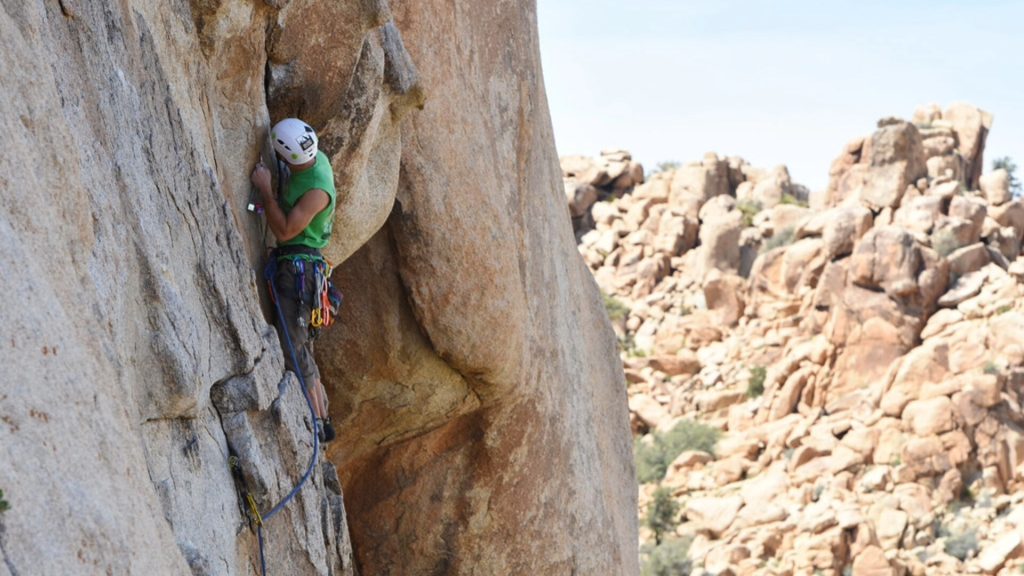
In response to growing concerns about overcrowding and safety, government agencies and mountaineering associations met to discuss measures to ensure the well-being of climbers. Rakesh Gurung assures the world that search and rescue operations and other safety measures will be strictly implemented on Mount Everest, and he welcomes more climbers to participate in the upcoming season.
Nepal’s Commitment to Climber Safety and Responsible Tourism
Nepal’s Tourism Board has been proactive in implementing measures to ensure the safety and security of visitors to the country’s mountains. In addition to the new tracking device requirement for Everest climbers, Nepal introduced a tracking information management system card in 2021 for all mountaineers, regardless of the peak they were attempting to climb. This card, issued by authorized mountaineering agencies, aims to discourage unlicensed treks and promote responsible tourism.

Nepal’s commitment to climber safety is not new, as the country piloted tracking chips for some Everest climbers back in 2017. The initiative aimed to prevent false summit claims and facilitate rescues. Tourism officials stated that if the concept proved successful, they would make it mandatory for all climbers, a promise they have now fulfilled with the new tracking device requirement.
The Future of Climbing on Mount Everest
As the spring climbing season approaches, the mountaineering community is eager to see how the new tracking device requirement will impact the experience of climbing Mount Everest. While some may view it as an added burden, many recognize the potential life-saving benefits it brings to the table. The ability to quickly locate and rescue climbers in distress could significantly reduce the number of casualties on the mountain.
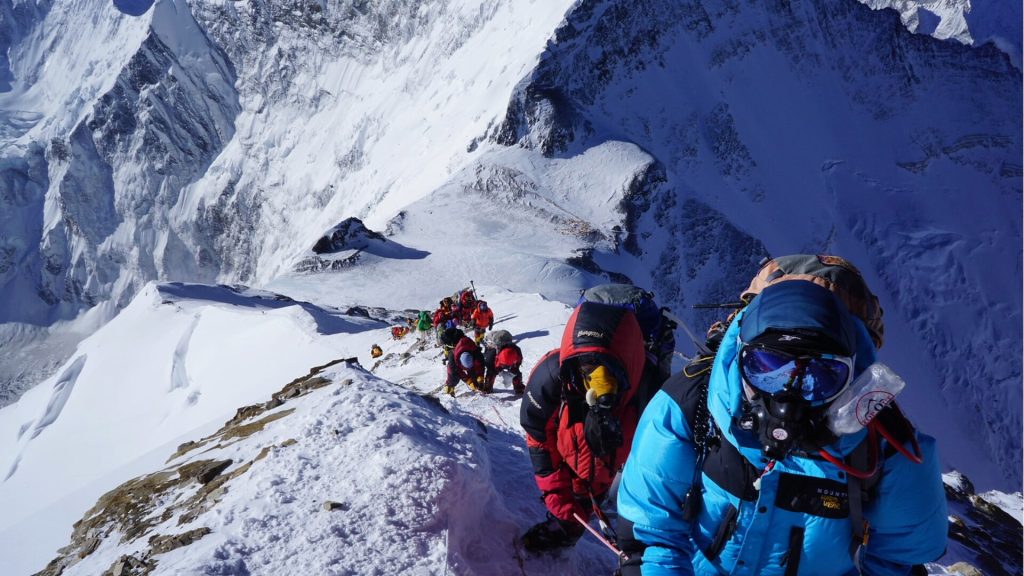
Looking ahead, Nepal’s Tourism Department is committed to closely monitoring the situation on Mount Everest and making necessary adjustments to ensure the safety and well-being of all climbers. Rakesh Gurung has stated that if there appears to be any kind of traffic jam on the mountain in May, they will consider stopping the issuance of permits to prevent overcrowding and minimize risks.
Balancing Adventure and Responsibility
The allure of climbing Mount Everest, the world’s highest peak, has captivated adventurers for decades. The challenge of pushing one’s limits and standing atop the roof of the world is an irresistible draw for many. However, with great adventure comes great responsibility, both for the climbers themselves and the organizations that facilitate these expeditions.
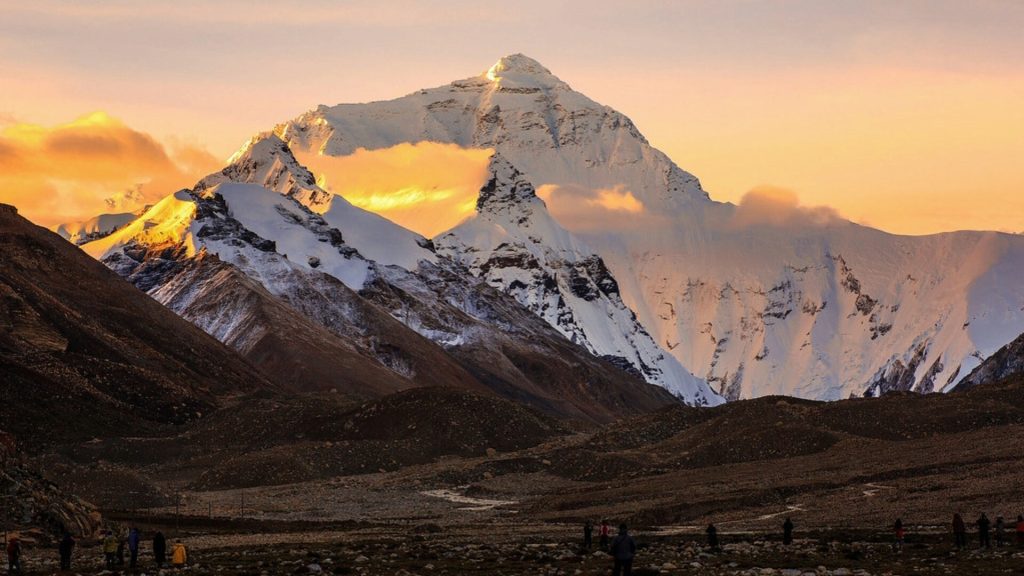
Nepal’s new tracking device requirement is a step in the right direction, demonstrating the country’s commitment to prioritizing the safety of climbers while still allowing them to pursue their dreams. By striking a balance between adventure and responsibility, Nepal aims to create a sustainable and safer environment for mountaineering on Mount Everest and other peaks within its borders.
Cooperation Between Climbers and Authorities
The success of Nepal’s new tracking device requirement hinges on the cooperation between climbers and the authorities responsible for implementing and enforcing the regulation. Climbers must understand the importance of wearing the device throughout their journey and ensure that it is properly maintained and returned after the expedition.

Expedition agencies and mountaineering companies also play a crucial role in educating their clients about the new requirements and providing them with the necessary tracking devices. By working together, climbers, agencies, and authorities can create a safer and more accountable environment on Mount Everest, ultimately benefiting everyone involved in the pursuit of this incredible feat.
The Role of Technology in Mountaineering Safety
The introduction of tracking devices for Mount Everest climbers highlights the growing role of technology in mountaineering safety. From satellite phones and GPS devices to advanced weather monitoring systems, technology has become an integral part of modern climbing expeditions.

As technology continues to evolve, we will likely see even more innovative solutions to enhance the safety and efficiency of search and rescue missions on Mount Everest and other peaks around the world. The integration of technology into mountaineering practices has the potential to save countless lives and ensure that the thrill of adventure can be enjoyed with greater peace of mind.
Preserving the Legacy of Mount Everest
Mount Everest holds a special place in the hearts and minds of people around the world. It is not just a mountain, but a symbol of human perseverance, courage, and the unrelenting spirit of exploration. As the climbing community adapts to new safety measures, such as the tracking device requirement, it is essential to remember the legacy of those who have come before us and the importance of preserving this natural wonder for generations to come.

By prioritizing safety and responsible tourism, Nepal is taking steps to ensure that the legacy of Mount Everest is protected and that climbers can continue to test their limits and pursue their dreams on the world’s highest peak. The new tracking device requirement is just one part of a larger effort to create a sustainable and respectful environment for mountaineering in the Himalayas.
The Importance of Proper Training and Preparation
While the new tracking device requirement is a significant step towards improving safety on Mount Everest, it is important to remember that it is not a substitute for proper training and preparation. Climbing the world’s highest peak is an incredibly demanding and dangerous undertaking that requires a high level of physical fitness, technical skill, and mental fortitude.

Aspiring Everest climbers must invest time and resources into rigorous training programs, acquiring the necessary equipment, and familiarizing themselves with the challenges they will face on the mountain. The tracking device is an added layer of safety, but it cannot replace the importance of being well-prepared and making informed decisions on the mountain.
The Economic Impact of Mountaineering in Nepal
Mountaineering is a significant contributor to Nepal’s economy, with thousands of climbers and trekkers visiting the country each year to take on the challenge of its iconic peaks. The introduction of the tracking device requirement for Everest climbers is not only a matter of safety but also has economic implications for the country and the communities that rely on the mountaineering industry.
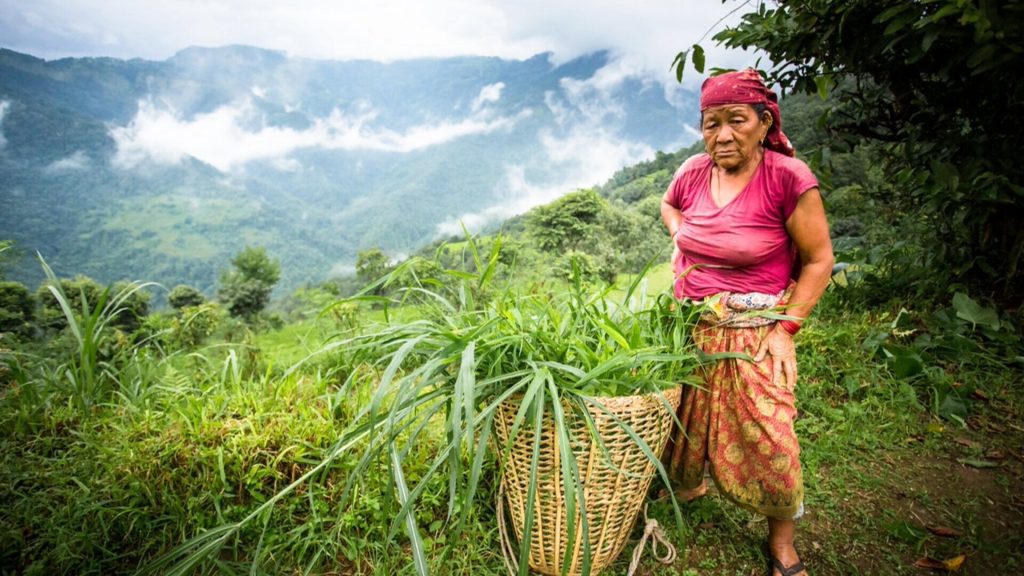
By demonstrating a commitment to climber safety and responsible tourism, Nepal can attract more visitors and ensure the long-term sustainability of its mountaineering industry. The revenue generated from permit fees, equipment rentals, and local services can help support the livelihoods of countless Nepalis and contribute to the development of infrastructure and resources in the region.
The Global Mountaineering Community Responds
The introduction of the tracking device requirement for Mount Everest climbers has garnered attention from the global mountaineering community. Climbers, expedition leaders, and mountaineering organizations around the world are weighing in on the potential impact of this new regulation and what it means for the future of climbing on the world’s highest peak.

While opinions may vary, there is a consensus that prioritizing safety and responsible climbing practices is essential for the long-term sustainability of mountaineering on Mount Everest and other peaks worldwide. The global climbing community has an opportunity to learn from Nepal’s initiative and consider how similar measures could be implemented in other regions to enhance climber safety and support local communities.
Looking to the Future of Mountaineering
As the spring climbing season on Mount Everest approaches and the new tracking device requirement comes into effect, the mountaineering world eagerly awaits to see how this initiative will shape the future of climbing on the world’s highest peak. The success of this program could pave the way for similar measures to be adopted in other mountains, both in Nepal and around the globe.
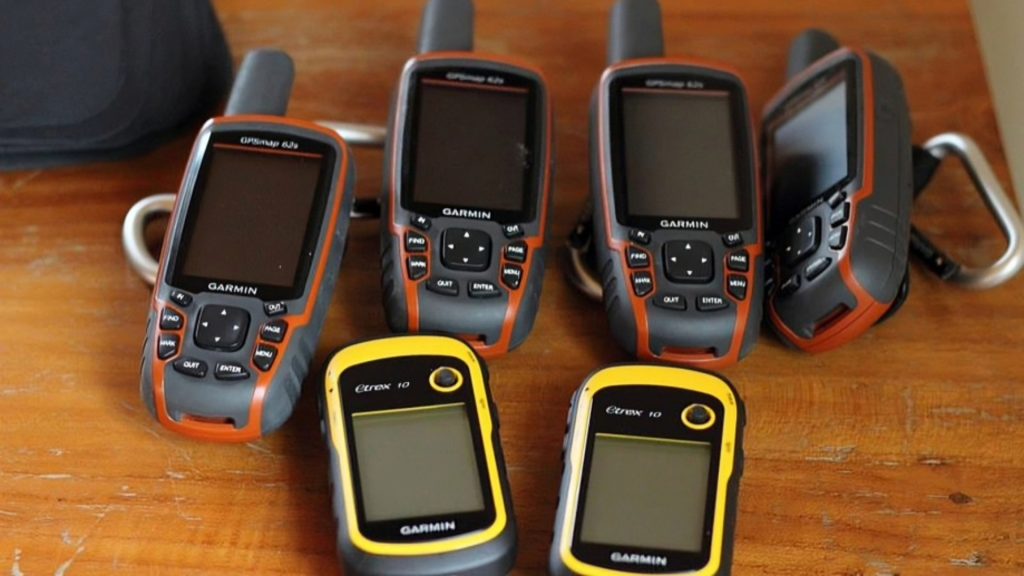
The introduction of tracking devices is just one example of how the mountaineering industry is evolving to meet the challenges of the 21st century. As technology advances and our understanding of the risks and responsibilities associated with climbing grows, we can expect to see more innovative solutions and collaborative efforts to ensure the safety and sustainability of this incredible pursuit.
Embracing Change for a Safer Climbing Experience
In conclusion, Nepal’s new tracking device requirement for Mount Everest climbers represents a significant step forward in promoting safety and responsible tourism on the world’s highest peak. By embracing change and adapting to the evolving needs of the mountaineering community, Nepal is setting an example for other regions to follow.
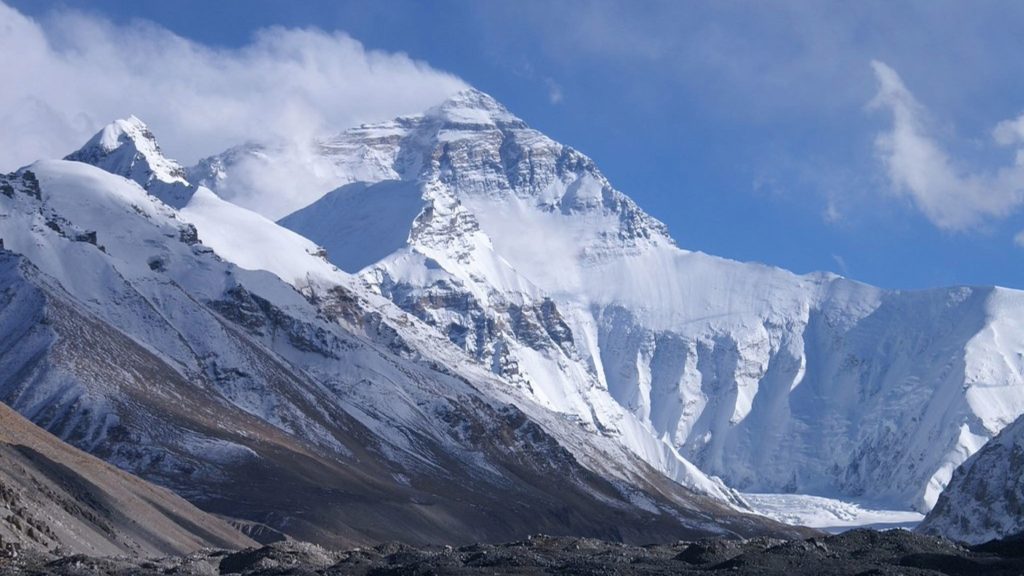
As climbers, expedition organizers, and mountaineering authorities work together to implement this new regulation, they are not only helping to save lives but also preserving the legacy of Mount Everest for generations to come. The future of mountaineering is bright, and with a commitment to safety, responsibility, and cooperation, we can ensure that the thrill of adventure remains accessible to those who dare to pursue it.

